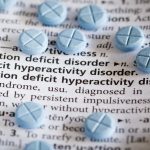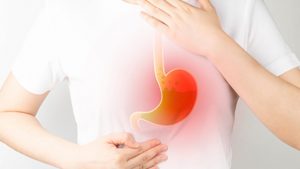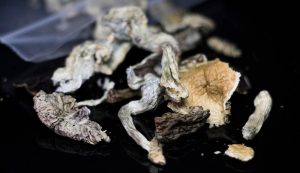
About 1 in every 10 U.S. children ages 5 to 17 has been diagnosed with attention deficit hyperactivity disorder (ADHD), according to the latest government statistics. The data from the National Health Interview Survey covers the years 2020 through 2022 and came from in-person or phone interviews involving a representative sample of American homes. It found that 11.3% of school-age children have been diagnosed with ADHD, with boys more likely to have this diagnosis (14.5%) than girls (8%), according to report authors Cynthia Reuben and Nazik Elgaddal, of the National Center for Health Statistics (NCHS). ADHD is diagnosed more often among white children (13.4%) than Black youngsters (10.8%) or Hispanic (8.9%) kids, the survey also showed. Family income seemed to matter, too: As income levels rose, the rate of child ADHD diagnoses declined. Access to medical care also seemed to influence whether or not a child was diagnosed with ADHD. For example, while 14.4% percent of school-age kids on public health insurance (such as Medicaid) had an ADHD diagnosis, that fell to 9.7% of children covered by private insurance, and 6.3% of kids from uninsured families, the report found. The findings were published March 20 as an NCHS Data Brief. The NCHS is part of the U.S. Centers for Disease Control and Prevention. More information Find out more about diagnosing ADHD at the Cleveland Clinic.… read on > read on >






































